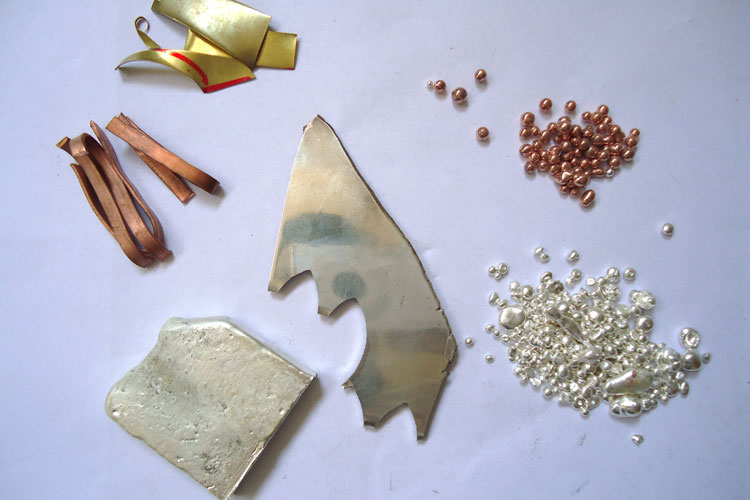How do you know that your housekeeping equipment is safe for long-term use in a world full of misleading and vague recommendations?
The following steps will help you pick the best and safe equipment for collecting combustible dust in any facility.
Understand your Responsibilities
It’s you and your company’s responsibility to pick the safest equipment. If you choose substandard tech, you risk being held accountable by your insurance company, OSHA and local officials.
Use this checklist to have full knowledge of your facility:
- Is the dust in your facility combustible? You can have it tested in a private laboratory or by OSHA.
- Have constructive talks with your AHJ
- Even if your environment isn’t rated, you must have special vacuum equipment per NFPA 654.
- Confirm your facility’s NEC Classification going by article 500 of NFPA 70.
Understand Your Regulations, Standards and Recommendations
Stay updated with the current regulations, recommendations and standards to make decisions that will help your organization.
It is good to know latest standards being used by the OSHA inspectors for making citations on electrical, housekeeping and ventilation
When your workers are exposed to hazards, employers can get cited under the General Duty Clause specified by section 5(a) (1) of the 1970 Occupational Safety and Health Act.
Inspectors follow the NFPA 654 standards for finding risks and citing violations. You should closely adhere to the following recommendations under the NFPA 654 Section 8, Fugitive Dust Control and Housekeeping highlight cleaning ways and frequency. According to these recommendations:
- Facility cleaning procedures must be properly documented.
- Vacuuming is the favored cleaning method. If this is impractical, water-wash down or sweeping is allowed.
- Blow-down is allowed if the mentioned methods have already been used.
- Vacuum cleaners must meet requirements listed under Section 8.2.3.1.
The OSHA recommends:
- Cleaning dust regularly.
- Use cleaning methods that do not suspend the dust into the air in case an ignition source is present.
- Only approved vacuum cleaners should be used.
- Clean horizontal floors surfaces and floors regularly.
- Never allow dust accumulation to exceed 1/32 inch thick.
- Electrically powered cleaners must be approved for the hazard classification.
Choose the Safest Industrial Vacuum for Use
Information is crucial when choosing the right vacuum equipment for use.
The term explosion proof is used to equipment that has been tested by the Nationally Recognized Testing Lab (NTRL) and complies with definitions listed in Article 500 of the 2014 NEC. This term cannot be used on Pneumatic equipment.
The NFPA doesn’t certify vacuums for use, it only provides specifications for vacuums that deal with combustible dust. The list of specifications falls under Section 8.2.3. of NFPA 654.
Understanding the Vacuum’s Certification Level
Any vacuum that is used in a classified environment should have an NTRL Certification failure to which you’re risking fines and your safety.
Note that the entire vacuum must be certified, not just individual parts such as switches and motors.
Vacuums that are designed for safety
Such vacuums should follow these guidelines:
- Electrical arc: explosion proof vacuums use a sealed motor design to prevent electrical arcs.
- Percussion arc: this occurs when two materials are impacted together. The safest vacuums are made of stainless steel to prevent sparking.
- Static discharge arc: this occurs when static electricity builds up on non-conductive surfaces. Safe vacuums guarantee continuity through the tool, hose and every part of the vacuum.
There is no way around these guidelines. It only takes one design feature in your vacuum to make it a non-compliant equipment.
The following applies for pneumatic equipment being used in hazardous locations:
- Fully grounded and bonded.
- Should have a grounding strap.
- Should have antistatic wheels and antistatic main filter with a stainless steel weave.
- Should comply with the resistance ratings at or below 1 M (1x10⁶ Ω).
- Should be made of low-sparkling metals such as stainless steel and aluminum.
- Should have conductive airline and conductive accessories.
Follow these regulations and steps to keep your environment safe and choose an expert to help you make the right decision.













